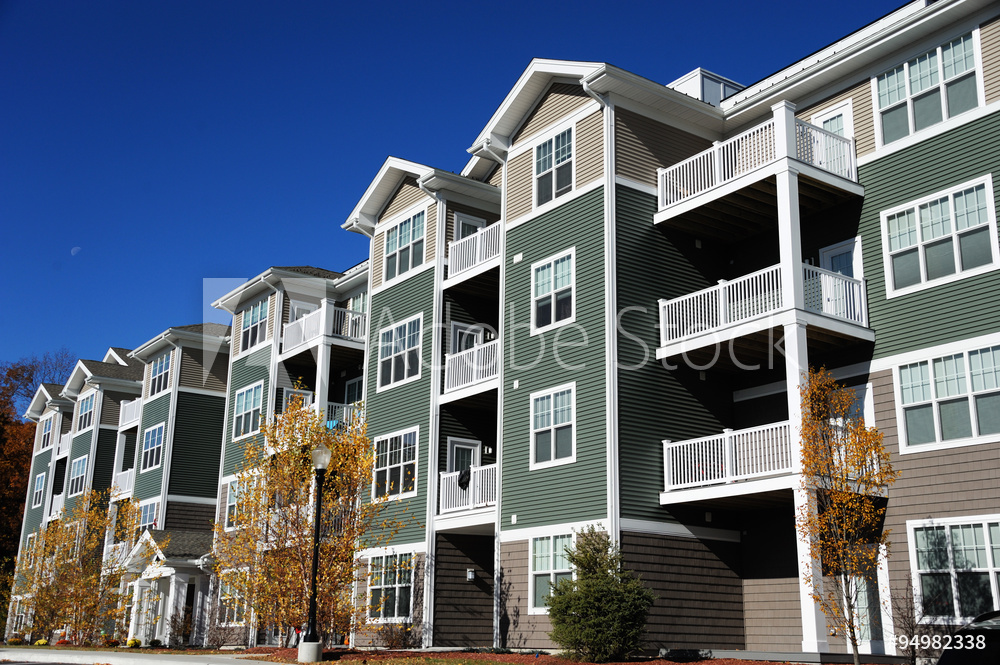
More States Taking Another Look at Single-Family Zoning

It’s well-established that in many parts of the country, there isn’t enough housing for folks living paycheck to paycheck. The apartments that become available often are expensive — and out of reach for many middle- and low-income workers. While some politicians are quick to blame property owners for high rents, the truth is that their policies often create many of the market conditions responsible for today’s housing affordability crisis.
At the core of the crisis is a severe shortage of housing. Restrictive policies like single-family zoning make it impossible for housing supply to effectively meet the market demand. These policies constrain the types of housing that can be built. In essence, in many areas where land is at a premium, zoning regulations prevent the construction of cost-effective multifamily units and duplexes. These areas are stuck in the past and are ignoring present-day realities — all to the detriment of working families desperately seeking housing that is within their budget.
This is no more evident than in Oregon, where a report from the Office of Economic Analysis found that while the state’s population grew by nearly 400,000 residents between 2010 and 2019, it only added 37 housing permits for every new 100 residents — a post-World War Two low. As the report’s author, Josh Lehner explained, “While much of the attention is paid to rising housing costs, we know they are the symptom and not the cause of the disease. The chief underlying cause is the ongoing low levels of new construction this decade.”
Thankfully, the Oregon Legislature has taken corrective action — voting to ban single-family zoning throughout the state in July of last year. California has yet to take similar steps. But an ambitious bill in the State Legislature designed to incentivize the construction of denser housing along transit hubs is expected to have new life this session. This City of Minneapolis has also taken steps toward density by eliminating single-family zoning.
So far, cities and states on the West Coast have led the charge to build more dense housing. But as the housing affordability crisis worsens, leaders in Virginia and Maryland are joining the push for density.
In Virginia, State Del. Ibraheem Samirah (D-86) introduced a bill last session that would open all single-family neighborhoods in the state to duplexes and multifamily units. At its core, Samirah argues that this kind of upzoning is essentially about giving property owners more freedom over how they use their land. Maryland State Del. Vaughn Stewart (D-19) has proposed an approach more similar to the California legislation. Stewart’s bill would allow more density only in targeted areas — not the entire state.
At the end of the day, solutions that give housing providers a greater array of tools to tackle the housing affordability crisis will be the most successful. Single-family zoning handcuffs cities to planning policies that haven’t evolved to suit the way more and more Americans live. We need smart solutions that address the true cause of our housing affordability crisis.





